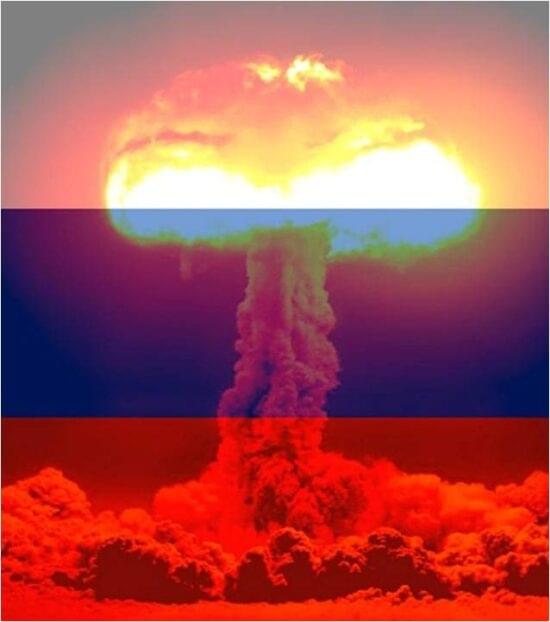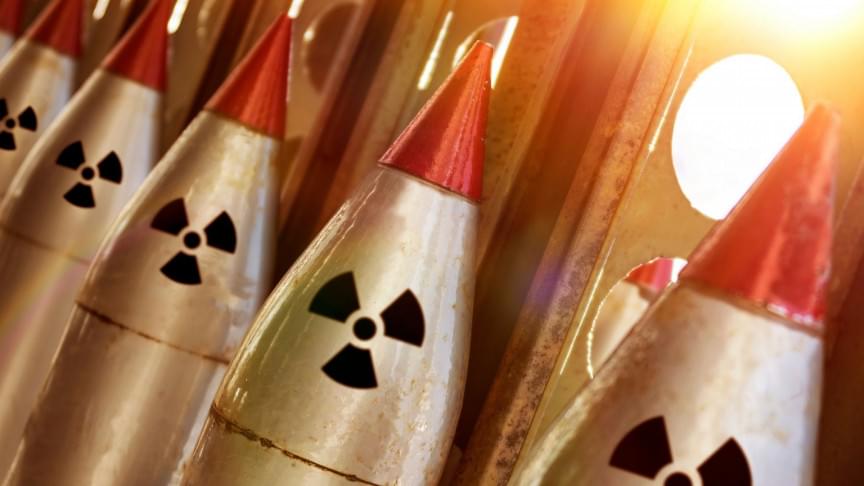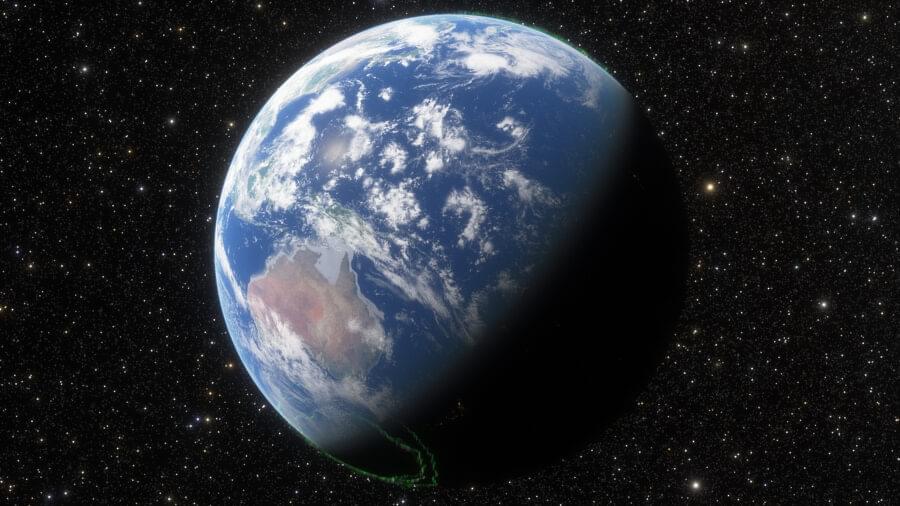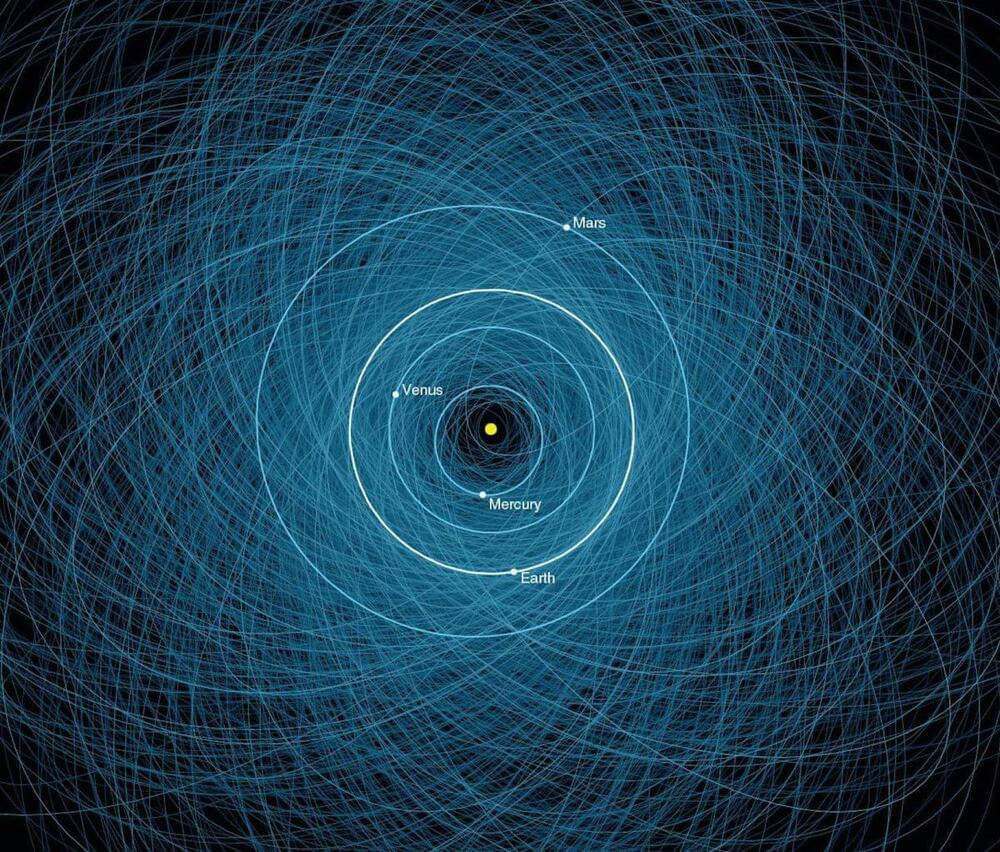Category: existential risks – Page 65

Russia’s Attack on Ukraine is Making Everything on this Planet Worse
James McCall SpringerHmmm… So quantum computing systems aren’t close to being perfected BUT they’re being used for ransomware attacks?
Is “bleepingcomouter” a bs sensationalist media producer like Futurism?
Len Rosen shared a link.
The “special operation” as Russia calls it has come with a threat of nuclear war, and consequences for food and energy security for many.
Chapter Seven — 2021 Dr. Burzynski — Artificial Intelligence & the Extinction of 99% of Oncologists
A series of interviews recorded in August of 2021 with Dr. Stanislaw Burzynski.
Watch 2016 Movie: https://www.youtube.com/watch?v=F_7LZ8GLerI
Full Channel: https://www.youtube.com/channel/UCLiRbQrj-gBow6VdLajWxaw.
https://www.burzynskimovie.com/
Notes from Dr. Burzynski:
1. Cancer is the disease of information processing which I described in the article in.
1986.
2. This “computer software ” consists of the network of mutated genes and in most.
patients these genes are not inherited as mutated. The mutations occur during.
patient’s life. The ” software” instructs the body to make billions of malignant cells.
3. This software should be removed from patient’s body. As long as it stays in the.
body the cancer will come back.
4. This is the reason why standard of care can’t cure advanced cancer with surgery.
radiation and chemotherapy, while they decrease tumor size they can’t remove mutated genes.
5. Antineoplastons have a chance to do it because based on laboratory studies they.

When did the dinosaurs go extinct?
The end, when it came, came suddenly. An asteroid or comet 10 kilometres across slammed into the Gulf of Mexico, gouging a 180-kilometre crater and unleashing firestorms, eruptions and mega-tsunamis across the globe. The debris blocked out the Sun for years. The dinosaurs – and the other 75 per cent of life that went down with them – didn’t stand a chance.
The story of the demise of the dinosaurs 65 million years ago is well known. But that of their origin is less so. Dinosaurs were the dominant animals on land for at least 135 million years, the longest reign of any group. Had the impact not happened, they might still be in control. Where did these magnificent beasts come from?
The art of Aphantasia: How ‘mind blind’ artists create without being able to visualise
Josh SeehermanI don’t think he’s wrong.
Walter Lynsdale” agreeing with a Twitter user who said the “Woke mind virus is the biggest threat to civilization,”
… not nuclear war, or fossil fuel dependence? 😕
View 2 more comments.
Quinn Sena shared a link.
Circa 2021

Massive Geomagnetic Storm: Coronal Mass Ejection From the Sun Could Knock Out the Power Grid and Internet
On September 1 and 2, 1859, telegraph systems around the world failed catastrophically. The operators of the telegraphs reported receiving electrical shocks, telegraph paper catching fire, and being able to operate equipment with batteries disconnected. During the evenings, the aurora borealis, more commonly known as the northern lights, could be seen as far south as Colombia. Typically, these lights are only visible at higher latitudes, in northern Canada, Scandinavia, and Siberia.
What the world experienced that day, now known as the Carrington Event, was a massive geomagnetic storm. These storms occur when a large bubble of superheated gas called plasma is ejected from the surface of the sun and hits the Earth. This bubble is known as a coronal mass ejection.
The plasma of a coronal mass ejection consists of a cloud of protons and electrons, which are electrically charged particles. When these particles reach the Earth, they interact with the magnetic field that surrounds the planet. This interaction causes the magnetic field to distort and weaken, which in turn leads to the strange behavior of the aurora borealis and other natural phenomena. As an electrical engineer who specializes in the power grid, I study how geomagnetic storms also threaten to cause power and internet outages and how to protect against that.

Amazing fossils from the day of the Dinosaur-ending asteroid strike may have been found
A completely intact dino-drumstick complete with skin and more. Just need 11 ancient herbs and spices.
The Tanis fossil site located in North Dakota in the United States of America is currently one of the most interesting places on Earth. Well that’s if you like dinosaurs and uncovering the ancient mysteries of our planet. Maybe you’re more into ancient computers that predict eclipses (opens in new tab). If not, uh, why not check out some of our hot Elden Ring content (opens in new tab)? We’ve got guides on the best builds (opens in new tab), how to survive (opens in new tab), and all sorts of stuff.
Ok, now that we’ve gotten rid of those people, back to the dinosaurs.

Nuclear bombs and missiles market to reach $126 billion by 2030
The nuclear bombs and missiles market is set to witness growth in this decade as market capitalization will reach $126 billion, Allied Market Research said in a recent report.
Back in 1994, Ukraine had signed on to the Non-Proliferation Treaty (NPT) and declared itself a non-nuclear state. Even after the annexation of Crimea, the country remained committed to its non-nuclear status and found itself at a disadvantage with Russia threatening to attack its borders. Given that the Ukrainian conflict has continued unabated for over a month now, it is likely that countries will move toward nuclear weapons adversaries. Although a nuclear war would be catastrophic for one and all, the weapon serves as a good deterrence measure during periods of uncertainty.

Scientists Think Solar Storms Will Knock Out Internet And Electrical Systems
Back in 1,859, long before the internet, a massive geoelectrical storm knocked out the telegraph systems in the world. Reports were given of telegraph operators being shocked, the paper catching fire, and the equipment being operated without the batteries being connected. This was caused by the massive surge of electrical power caused by the storm. These storms occur when a bubble of superheated gas from the sun hits the earth. These storms cause massive damage to our solar system. This occurrence causes a massive surge in electrical activity and damage. Scientists studying these events have concluded that they occur every 500 years. The event in 1,859, known as the Carrington Event, was the most recent. This could mean that in the year 2,359, another storm would wipe out the entire internet.
The Carrington Event was the largest recorded geoelectrical storm, but it wasn’t the first to happen. An even bigger storm happened in our solar system in A.D. 774, based on readings taken from ice core samples in the Antarctic. The solar flare that was launched from the sun during this event in the Antarctic caused the fastest and biggest rise in carbon-14. Carbon-14 is an isotope of Carbon, which is created from the sun and contains highly radioactive material. Though the Carrington Event was measured via observatories at the time, scientists were able to read the rings in the ice taken from the Antarctic event, which is now known as the Miyake event. Based on those readings, the Miyake event was even greater than the Carrington event. The readings of the ice showed a 14% increase in carbon-14. The Carrington event only saw an increase of less than 1% in carbon-14 readings.
Scientists have a rating system that measures the level of geoelectrical storms based on a scale of 1 to 5. The geoelectrical storms are then given a designation of G1 to G5 based on their intensity. The Carrington event was rated a G5. That would have meant the Miyake event was even more catastrophic in our solar system. A storm that was three times smaller than the Carrington event occurred in 1989. This event took place in Quebec, Canada, and caused the full collapse of the Hydro-Quebec electrical grid. The geoelectrical storm was so powerful that it also caused damage to a circuit breaker in New Jersey. This resulted in the grid’s circuit breakers going off, which caused five million people being without power for nine hours. Should an electrical storm like this occur in currently, the damage would be immeasurable.

NASA downgrades a large asteroid’s risk of impact in 2880
Earthlings 800 years from now can breathe a little easier.
A fresh assessment of a distantly risky asteroid brings good news: it’s even less of a threat than astronomers had feared.
The chances of an asteroid dubbed 1950 DA crashing into Earth were always tiny and long in the future: As of 2015, scientists had calculated that the object had a 1 in 8,000 chance of impacting Earth in the year 2880. But a new analysis released on Tuesday (March 29) knocks the asteroid out of the top spot of NASA’s list of known asteroids that are most potentially hazardous to Earth.